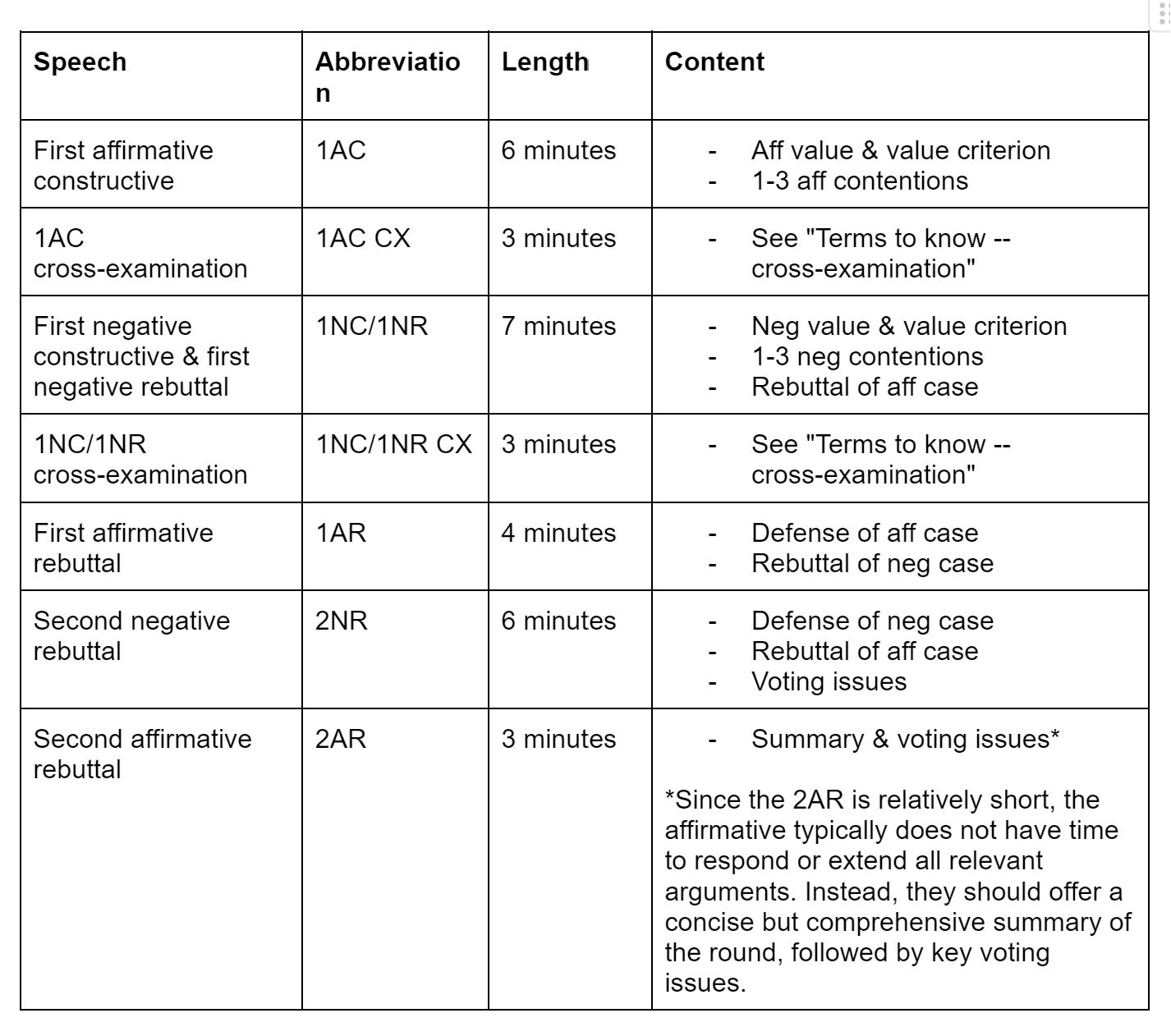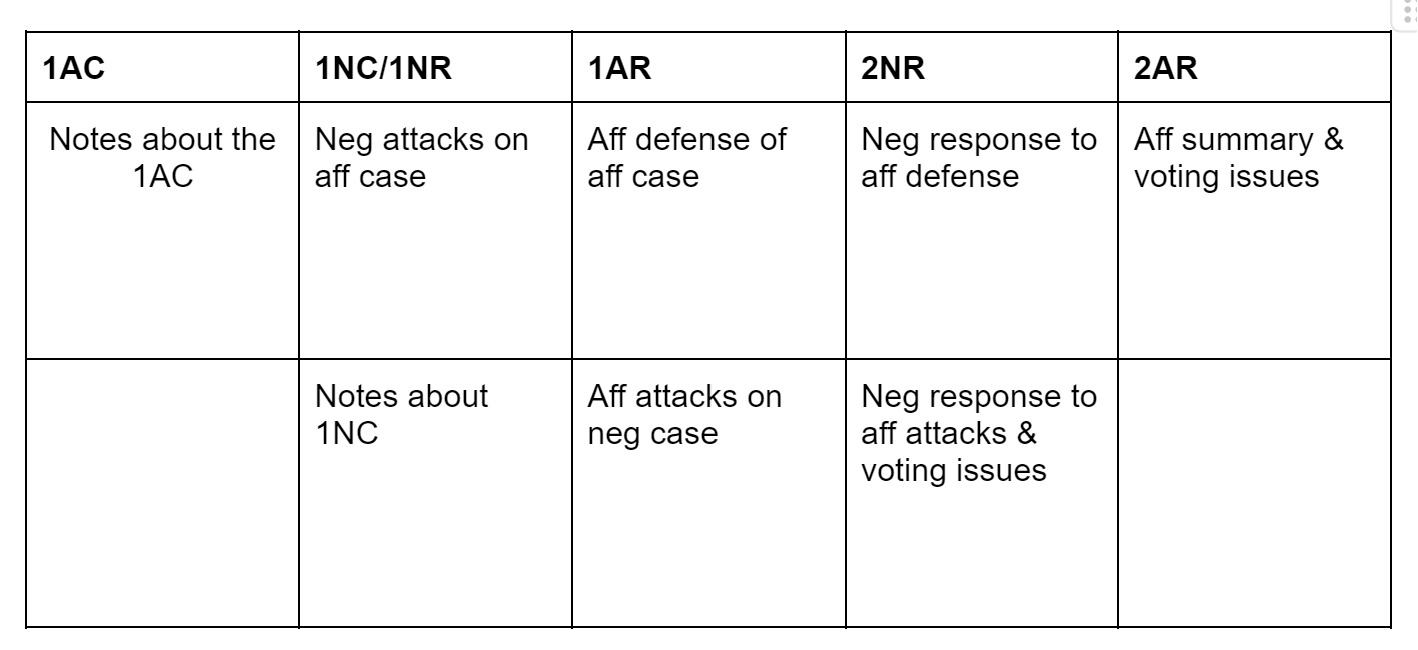Intro to Lincoln Douglas Debate
WRITTEN BY SHIWEN HUANG
Lincoln-Douglas is an increasingly popular event in the speech and debate world. This post serves as an introduction of the activity for beginners.1) What is Lincoln-Douglas?
Lincoln-Douglas, or LD, is a debate event in which two debaters against each other about a given resolution -- one on each side -- with a variety of topics ranging from philosophy to politics to environmental policy. The debater arguing for or "affirming" the resolution is called the affirmative, or aff. The debater arguing against or "negating" the resolution is called the negative, or neg. Each LD tournament has 6 preliminary (non-elimination) rounds, and debaters will debate 3 rounds as the affirmative, and 3 as the negative.The LD topic for tournaments in January and February is "Resolved: The United States should substantially reduce its military presence in the West Asia-North Africa region." 2) Terms to know
Value: A way for the judge to frame impacts in the debate (i.e. utilitarianism, structural violence, etc.)Value Criterion: How to "measure" which impacts outweigh under the value (i.e. maximum pleasure, lives saved, etc.) Also abbreviated as "VC."Contention: A set of claims that together form one argument, to affirm or negate the resolution (i.e. a contention titled "climate change" would talk about why affirming or negating the resolution is good for climate change.) Constructive: Also called a "case," the constructive is the speech where debaters first introduce their offensive arguments and positions. Made up of contentions.Rebuttal: Arguments made to disprove your opponents' claims/case. Aside from one constructive for each debater, all subsequent speeches are called rebuttals, because they must be responsive to your opponent's previous speech.Cross-examination: A 3-minute period, directly after each side's constructive, where one debater questions the other about their case. Often used strategically to disprove their arguments in early stages. Also abbreviated as CX.Weighing the debate: Comparing your and your opponent’s impacts under each of 3 categories – magnitude (how large of a scope your impact has), timeframe (how soon your impact is or how quickly it happens), and probability (how likely your impact is) – and explaining why your impact outweighs. Also known as “impact calculus” or “impact calc.”.Voting issues: The "key issues" in a debate round, delivered in each debater's last speech. Voting issues should essentially write the judge's ballot for them, and resolve key controversies in the round.Voting issues should include impact calculus. Also shortened to “voters.”Speaker points: A score out of 30 given by the judge to assess your speaking abilities (based on organization, clarity, presentation, confidence, etc.) Speaker points will typically range from 25-30. Also shortened to “speaks.”3) Breakdown of speech times, order, and structure
Each speaker gets 13 minutes total to deliver their arguments, along with 3 minutes each for cross-examination. Each debater also has 4 minutes of prep time each per round, which they can choose to strategically divide and use. Below is the broken-down structure of a typical debate round.4) Flowing
In order to clash in a debate round and generate productive argumentation, debaters write down both their opponents’ attacks and notes for their own speeches and responses to opposing arguments. This practice is known as “flowing.”Below is an outline of what a flowsheet for a single round would look like.Lincoln-Douglas is becoming increasingly popular at both at local and national levels, and knowing basic terms and structures is crucial to success in the activity.
